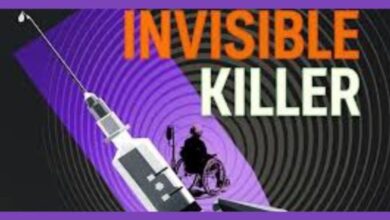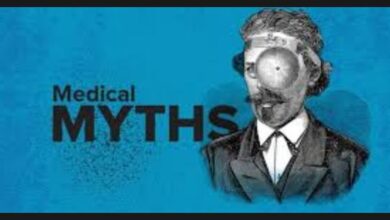80% of Heart Attacks Are Preventable
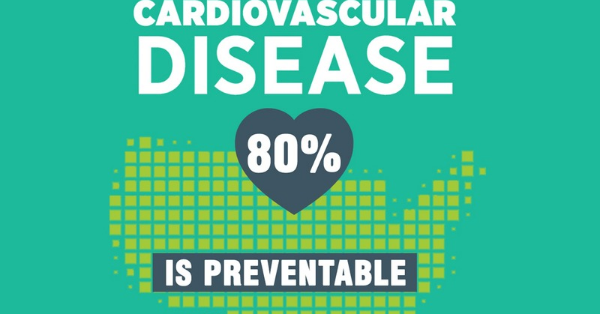
CDC Data Reveals: 80% of Heart Attacks Are Preventable—But Not in the Way You Think Heart disease is the leading cause of death worldwide, and yet, the most startling revelation comes from the Centers for Disease Control and Prevention (CDC): approximately 80% of heart disease-related deaths are preventable.

This statistic isn’t just a number—it’s a wake-up call. But here’s the twist: the majority of these preventable deaths don’t stem from the obvious culprits like high cholesterol or sedentary lifestyles. Instead, they are primarily linked to factors that many of us overlook in our daily routines.
The Real (and Overlooked) Causes of Heart Attacks
1. Chronic Stress and Mental Health Strain
Stress doesn’t just mess with your mind—it hijacks your heart. Long-term stress causes inflammation and increases levels of cortisol and adrenaline. These hormones narrow your arteries and spike blood pressure, putting enormous strain on your cardiovascular system.
People under chronic stress are also more likely to develop unhealthy coping habits: smoking, overeating, drinking, or avoiding exercise.
2. Poor Sleep Patterns
We live in a “grind culture,” where sleep is often seen as a luxury. But here’s the truth: getting less than 6–7 hours of sleep a night significantly raises your risk of heart disease. It disrupts your metabolism, increases inflammation, and leads to higher blood pressure.
3. Sedentary Lifestyle
You don’t have to run marathons—but if you spend most of your day sitting, you’re in danger. Inactivity reduces circulation and allows fat to build up in your arteries, setting the stage for a heart attack.
4. Social Isolation and Inequality
Heart health isn’t just physical—it’s social and emotional, too. People who feel isolated or live in underserved communities often experience higher stress levels, poorer access to healthy food and care, and increased risk for heart conditions.
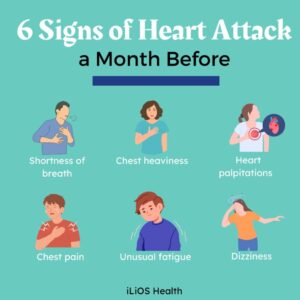
Warning Signs You Should Never Ignore
Heart attacks don’t always look like they do in the movies. Many people don’t clutch their chest and collapse—they experience subtler symptoms. Recognizing them early can literally save your life.
Common Signs and Symptoms of a Heart Attack:
Chest Discomfort or Pressure: A feeling of pressure, squeezing, or fullness that may come and go.
Pain in the Arm(s), Neck, Jaw, or Back: Discomfort may radiate beyond the chest.
Shortness of Breath: This can occur with or without chest discomfort.
Cold Sweats: Unexpected sweating that feels different from physical exertion.
Fatigue: Especially in women, extreme fatigue or weakness can be an early symptom.
Nausea or Lightheadedness: Some people, especially women, report a feeling of indigestion or dizziness.
Important: Not everyone has all these symptoms. Some heart attacks are “silent,” meaning they have no noticeable signs until damage is already done.
If you or someone you love experiences any of these symptoms, especially in combination, seek emergency help immediately.
What You Can Do Right Now to Lower Your Risk
1. Get Moving (It Doesn’t Have to Be Complicated)
You don’t need a gym membership. A daily 30-minute walk, a dance session in your kitchen, or gardening can be enough. The goal? Get your heart rate up and keep it up regularly.
2. Rethink Your Stress Management
Practice deep breathing, start meditating, journal your thoughts—or simply unplug from your devices for an hour each day. Whatever helps you relax, make it a non-negotiable part of your day.
3. Make Sleep a Priority
Set a bedtime routine, avoid screens before bed, and aim for 7–9 hours of quality sleep each night. Your heart will thank you.
4. Schedule Regular Health Screenings
Get your blood pressure, cholesterol, and blood sugar checked regularly—even if you “feel fine.” Many heart problems build silently.
5. Eat Mindfully, Not Perfectly
You don’t have to swear off carbs forever. Focus on balance: lots of vegetables, lean proteins, whole grains, and heart-healthy fats like olive oil and avocado. Cut back on processed foods and sodium, which silently sabotage your heart over time.
6. Stay Connected
Whether it’s calling a friend, joining a walking group, or attending community events—maintaining strong relationships is protective for your heart. Loneliness has been shown to increase risk of death as much as smoking 15 cigarettes a day.
Why Most People Don’t Know This (Until It’s Too Late)
Heart disease has a branding problem—it’s often seen as a “man’s problem” or an “old person’s issue.” The truth? It’s affecting younger people more than ever, especially women and minorities, many of whom experience different symptoms and go undiagnosed longer.
There’s also a knowledge gap: many folks still think a heart attack only happens to people with high cholesterol. In reality, a perfectly healthy-looking person can be at serious risk if they’re constantly stressed, sleep-deprived, or socially isolated.
The Bottom Line: Prevention Starts With Awareness
You don’t have to overhaul your entire life overnight. But knowing that 80% of heart attacks are preventable means you have incredible power—more than you might think.
Think of your heart like a savings account. Every healthy meal, every walk, every good night’s sleep is a deposit. Over time, those deposits pay off in a longer, stronger, healthier life.
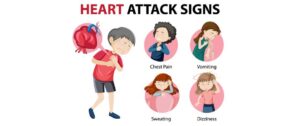
Take Action Today—Your Heart Depends on It
So what now? Here’s your 3-step heart-saving plan:
1. Get Checked: If you haven’t had your blood pressure, cholesterol, and blood sugar checked recently, schedule a screening today.
2. Pick One Lifestyle Habit to Improve: Whether it’s walking more, sleeping better, or cutting back on processed foods—start somewhere.
3. Share This Message: You could save someone’s life just by spreading awareness. Text a friend, share this article, or bring it up at your next family dinner.
Read:Your Phone Is Dirtier Than a Toilet Seat

